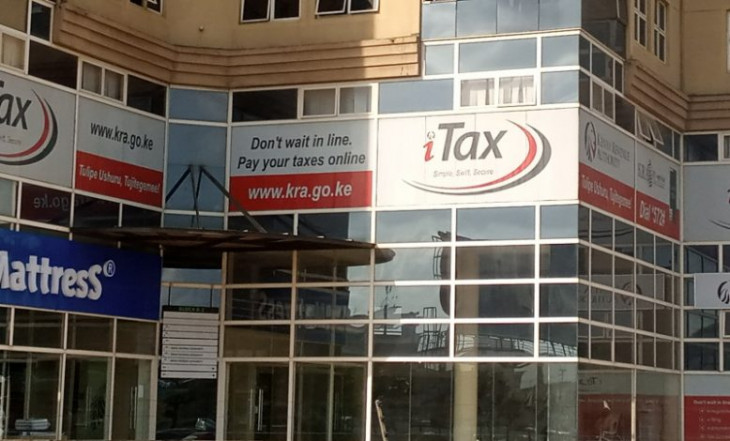Kenya Revenue Authority (KRA) Board Chairperson Ndiritu Muriithi has pledged that the agency will correct ethnic disparities in its staffing as it embarks on a fresh recruitment drive. Speaking during an interview with NTV on Tuesday, Muriithi admitted that past recruitments at the tax agency had led to ethnic imbalances, which the board is now determined to address.
KRA is currently hiring for several senior positions, including four commissioners, 12 deputy commissioners, and nearly 30 chief managers. Muriithi said this recruitment exercise presents an opportunity to ensure that the authority reflects the face of Kenya and complies with constitutional requirements for diversity and inclusivity in public service.
“We are well underway in that process,” Muriithi stated. “We are supported by a human resource organization to ensure fairness and to correct any historical disparities.”
The move comes amid sustained criticism over KRA’s alleged regional bias in hiring. In particular, the agency was accused of disproportionately hiring individuals from the Kikuyu and Kalenjin communities. These concerns peaked last year when the High Court nullified the recruitment of over 1,400 revenue service assistants after finding that 57 percent of them came from the two communities. The court ruled the appointments unconstitutional due to lack of ethnic diversity.
Muriithi explained that the current imbalance can be traced to a specific past recruitment cohort, many of whom have since ascended to senior positions within the authority. “That issue came about because there was a cohort that was hired, and that’s what prompted that particular difficulty,” he said. “Many of our senior managers were once graduate trainees from that cohort.”
The board chair emphasized the importance of fairness and national representation in public institutions, saying that inclusive hiring practices strengthen institutional legitimacy and service delivery.
KRA’s new recruitment process is seen as a significant test of its commitment to reform and could serve as a model for other public sector agencies seeking to rectify historical staffing inequalities.

